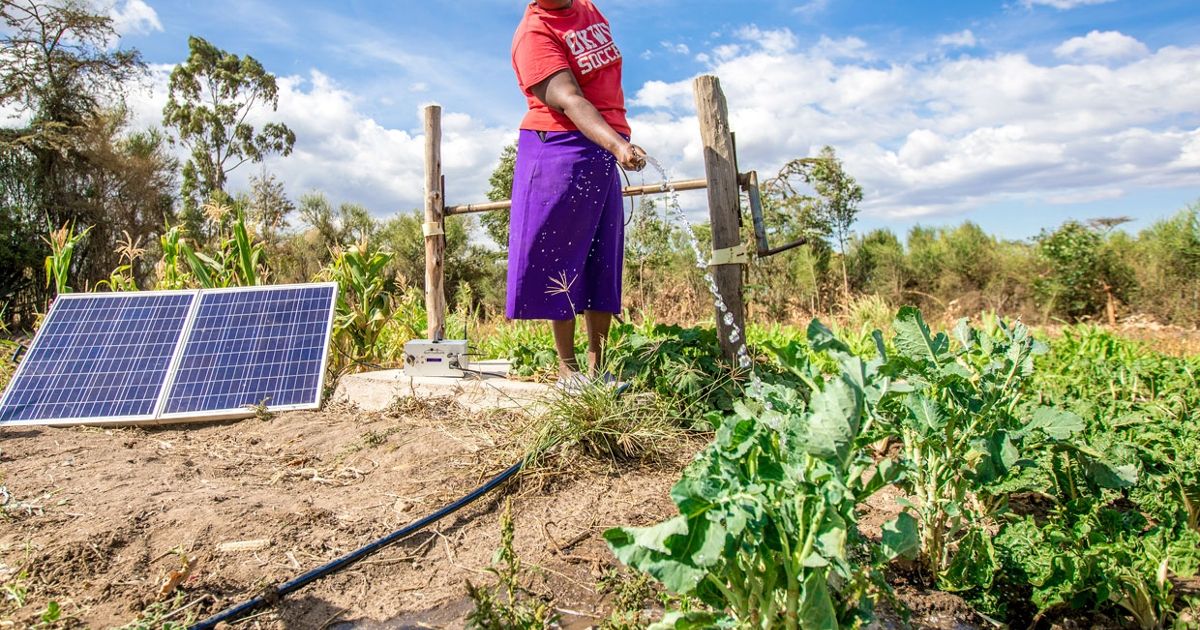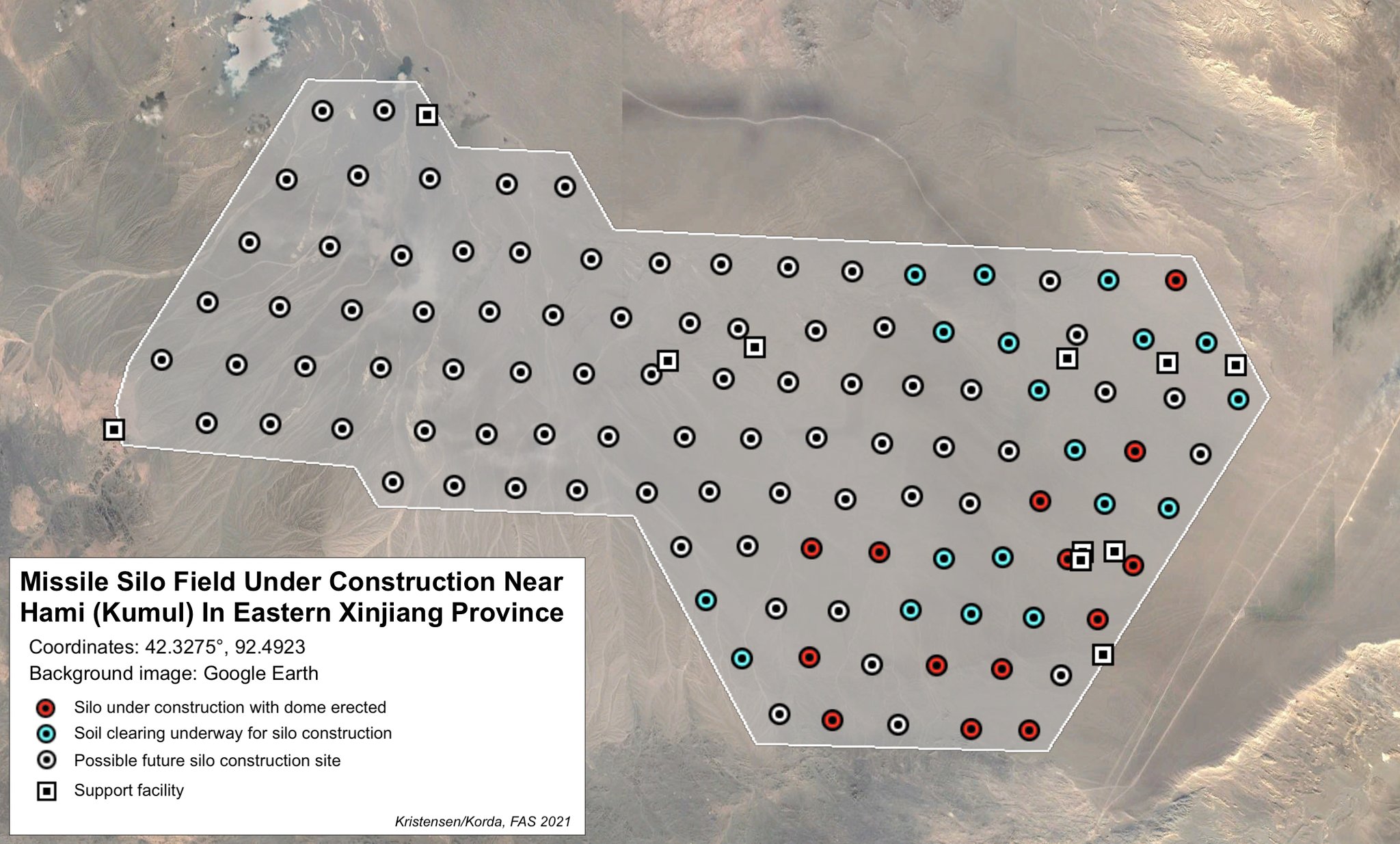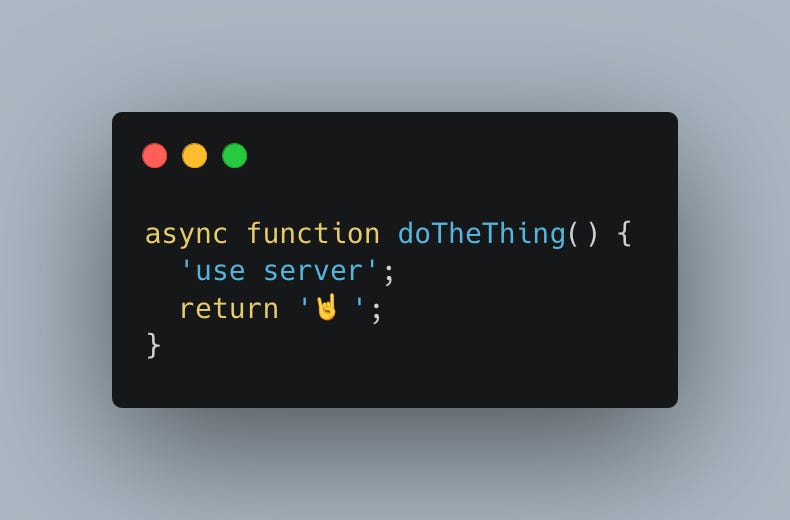
Off-Grid Solar’s Killer App
It’s a baking-hot February day in Matanya, a village that straddles the equator, a few hours’ drive north of Nairobi. Smiling broadly, Patrick Gicheru is sowing carrots in layers of soil and compost at his 0.8-hectare farm and recalling a profitable crop of peppers that recently came from the same field. Tomatoes maturing on another plot should be ready for market in a month. “Tomatoes are going for about 80 shillings per kilo,” he says. He estimates the crop will fetch him roughly 10,000 Kenyan shillings—a little over US $93—every week for nearly three months.
This year’s tomato harvest alone will nearly pay for the technology that’s underpinning Gicheru’s success: a solar-powered water pump. A model of simplicity, it consists of a 310-watt photovoltaic panel, a 440-watt-hour lithium-ion battery pack, and a controller that supports his 3,000-liter-per-hour direct-current pump as well as a few LED lights, a mobile phone charger, and a flat-screen TV.
In February 2020, when I visited Gicheru, the small farmer had zero control over the COVID-19 pandemic that was spreading toward Kenya, or the historic locust invasion devouring fields throughout East Africa. But the solar pump he acquired in 2019 was tapping a stable supply of groundwater, boosting his yields and growing seasons, and neutralizing the waves of drought that have afflicted sub-Saharan Africa since time immemorial.


















